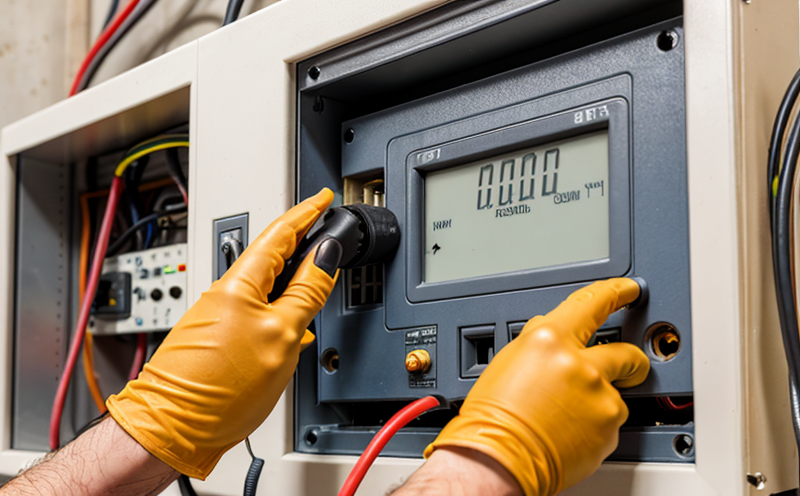IEEE 1881 Functional Testing of Stationary Battery Systems for Grid Applications
The IEEE P1881 Working Group developed the IEEE Standard for Functional Testing of Stationary Battery Systems for Grid Applications (IEEE 1881) to ensure that stationary battery systems are functionally tested in a consistent, repeatable manner. This standard provides guidelines and procedures for testing various aspects of these systems, ensuring they meet performance requirements set forth by industry standards.
The IEEE 1881 covers the functional testing of stationary battery systems used in grid applications such as utility-scale energy storage, microgrids, and other stationary power storage systems. These tests are critical for verifying that the system will operate safely and reliably under various conditions, including normal operation, fault conditions, and emergency situations.
The standard defines a series of test procedures designed to evaluate different components and functions within the battery system. This includes testing of the battery itself, its communication protocols, and its integration into the grid infrastructure. The testing process aims to ensure that the battery system can perform its intended function without causing harm or disruption.
One of the key aspects of IEEE 1881 is ensuring that all tests are conducted in a manner consistent with best practices outlined by international standards such as ISO, ASTM, and IEC. This ensures that results from different labs around the world can be compared reliably, which is crucial for maintaining confidence in the global market.
Testing according to IEEE 1881 involves several stages starting from initial setup through to final verification of all system parameters. During this process, various instruments and equipment are used depending on what part of the battery system needs testing. These can range from simple multimeters for measuring voltage levels down to complex data acquisition systems capable of logging detailed information about each test run.
Proper preparation is also essential before starting any functional tests according to IEEE 1881. This includes ensuring that all safety measures are in place, calibrating instruments correctly, and verifying the integrity of connections between different parts of the battery system being tested. Once everything has been checked and confirmed, testing can begin.
Testing procedures defined by IEEE 1881 aim to cover a wide range of scenarios that might occur during actual use of grid-connected stationary batteries. This includes normal operating conditions as well as fault situations where the system must respond correctly according to predefined protocols. By covering these different types of tests, this standard helps ensure robustness and reliability across all possible operating environments.
Results from IEEE 1881 functional testing are typically reported in detailed reports that document every aspect of the test procedure followed along with findings regarding performance metrics like efficiency losses or power output levels achieved during various stages of testing. These reports serve not only as documentation but also provide valuable insights into how well different components within a stationary battery system perform under real-world conditions.
Testing according to IEEE 1881 is especially important for quality managers, compliance officers, R&D engineers, and procurement personnel involved in developing or procuring grid-connected stationary batteries. By ensuring adherence to this standard, these professionals can help guarantee that products meet necessary safety requirements while also performing optimally within their intended applications.
| Application Area | Description |
|---|---|
| Utility-scale energy storage systems | Large-scale batteries used to store excess power generated by renewable sources like wind farms or solar plants. |
| Microgrids | Self-sustaining power networks that can operate independently from main grid while still being able to connect back when necessary. |
| Off-grid applications | Battery systems installed in remote locations where access to the main electrical grid is limited or unavailable. |





